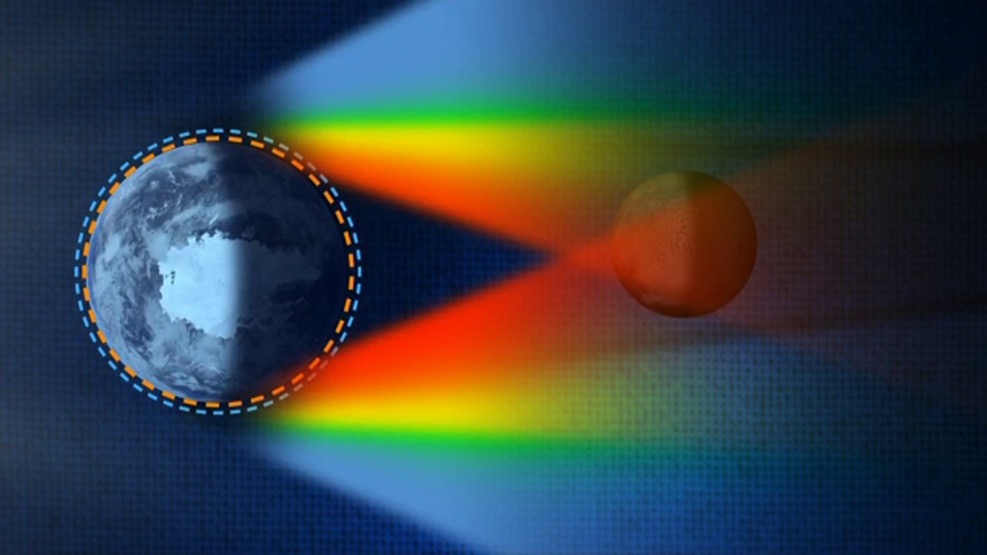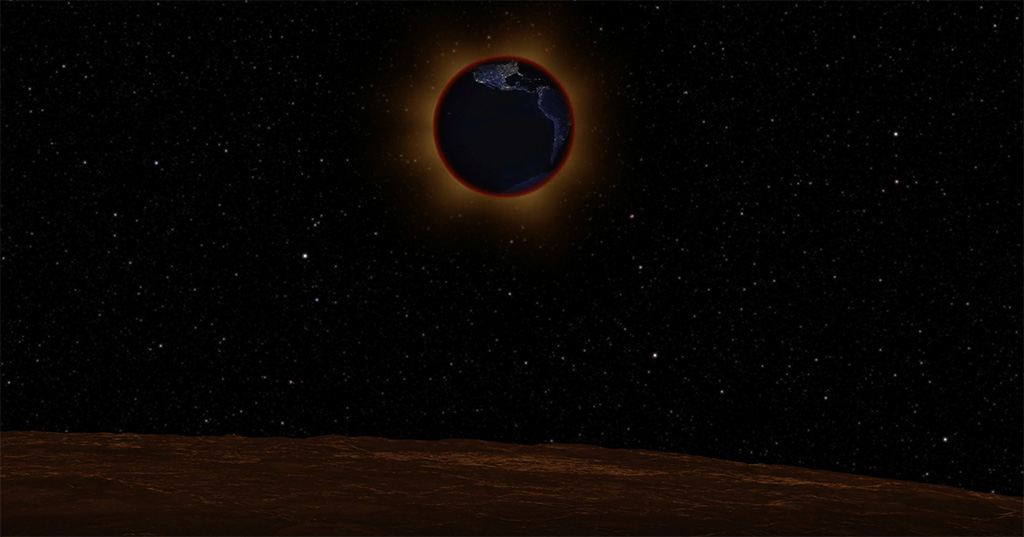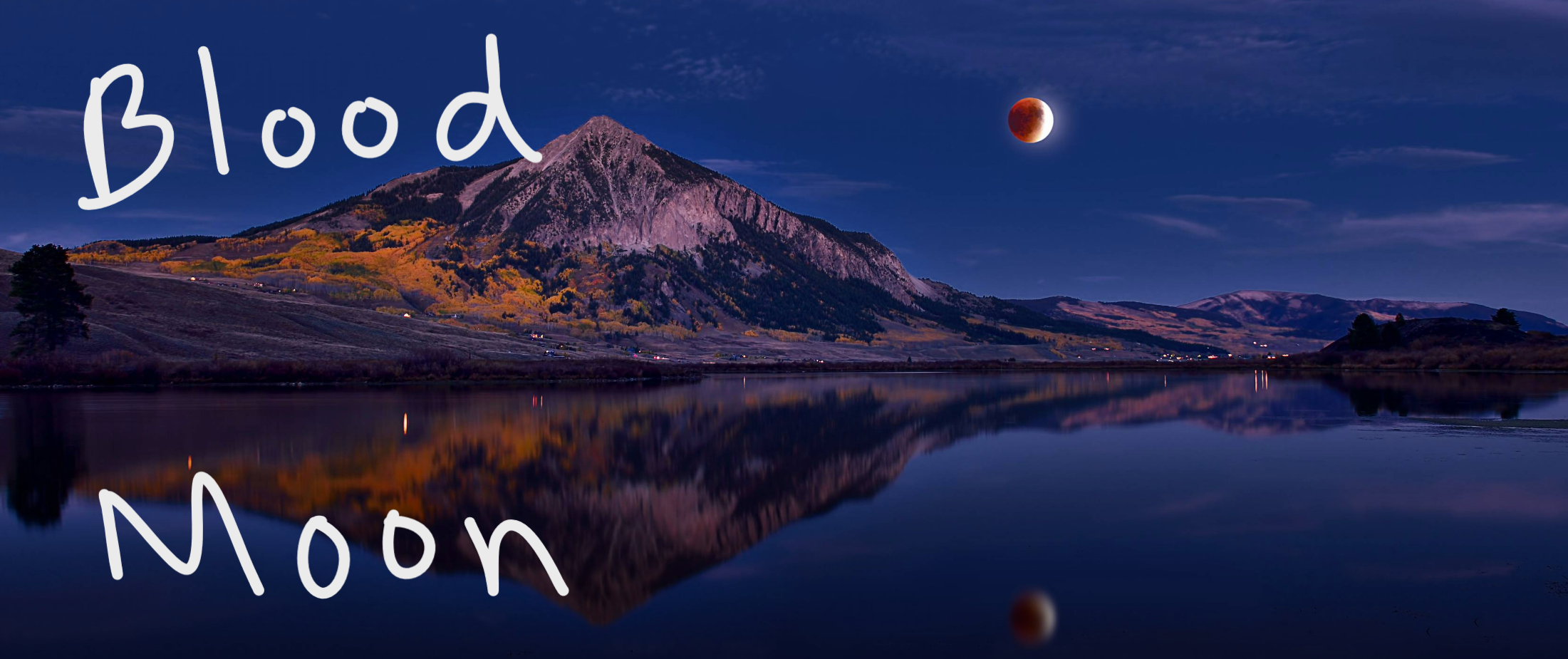If you missed the first full lunar eclipse of the year back in May, you’ll get another chance tonight as the second blood moon (as lunar eclipses are often called) of 2022 takes to the sky over the Pacific region. Tonight’s display can be seen from Asia, Australia, North America, and parts of northern Europe and South America. If you’re lucky enough to find yourself under a clear sky, the view might look something like the image above, taken over Mount Crested Butte, Colorado, during the lunar eclipse of September 27, 2015.

A lunar eclipse is a happy accident of the solar system and is possible because of relative sizes of and distances between the sun, Earth, and moon. Every couple of years on average, the Earth casts a perfect shadow on the moon, causing a full lunar eclipse. During a full solar eclipse, the moon casts a perfect shadow on the Earth. While not as rare, and perhaps not quite as dramatic as a solar eclipse, lunar eclipses have plenty of upsides. For one, you can safely look at them without doing any harm to your eyes. They last for hours, while solar eclipses last minutes. And a lunar eclipse is visible from a much larger portion of the planet—in fact, the eclipsed moon can be seen at the time of the eclipse wherever the moon is above the horizon.

If you want to see tonight’s lunar eclipse in the US, you’ll likely have to sacrifice some sleep. Totality on the West Coast begins at 2:16 AM, 5:16 AM on the East Coast, and will last about 85 minutes. The next total lunar eclipse won’t happen until March 2025, so a few hours of lost sleep seem a small price to pay for this dazzling view.
